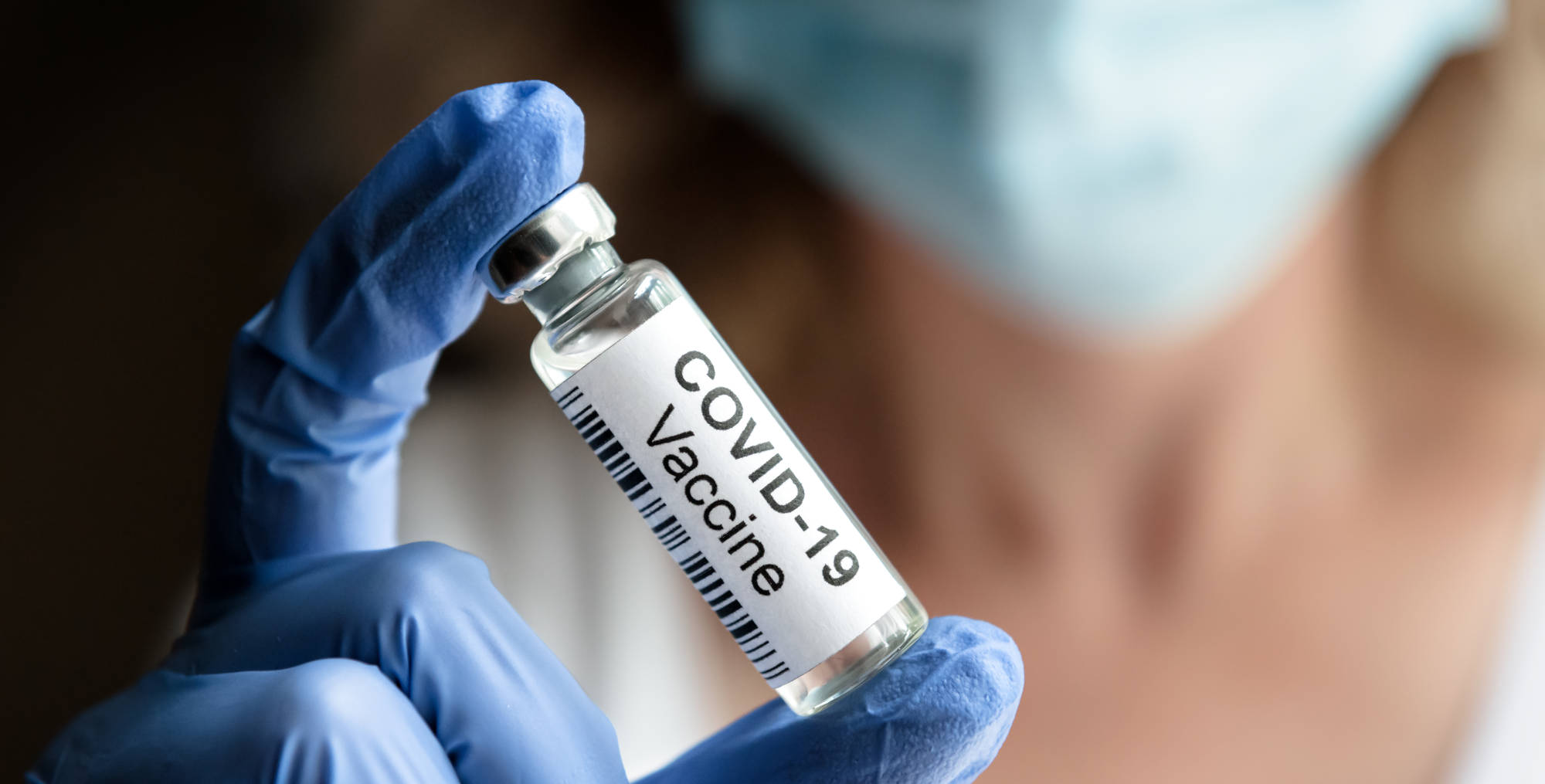The widespread mortality caused by the COVID-19 pandemic precipitated the development of vaccines at an unprecedented rate. Researchers across the globe have created over 90 vaccines, 8 of which have been approved for use [1]. Roughly 3.4 billion doses have been administered worldwide, with the four most common being the Oxford-AstraZeneca ChAdOx1 viral vector vaccine, the Pfizer-BioNTech mRNA vaccine, the Sinopharm inactivated adenovirus vaccine, and the Moderna mRNA vaccine [2]. Since the rapid development and administration of these vaccines has resulted in a decline in COVID-19 infections and deaths in countries with high vaccination rates, continuing research has turned to investigating the efficacy of vaccines against the delta variant and the most effective timing and composition of the second shot for two-dose vaccine regimens.
Identified in India in October 2020, the B.1.617 COVID-19 strain, designated as the delta variant, has reached 98 countries, accounting for the majority of COVID-19 cases in the United Kingdom and the United States [3]. Roughly 40 to 60 percent more contagious than the earlier B.1.1.7 “alpha” variant [4], the delta strain exhibits multiple mutations that allow it to bypass early responses of the immune system, including an alteration in the spike proteins on its surface that impedes attacks from antibodies [5]. Recently, continuing research has highlighted the necessity of receiving both shots of a two-dose COVID-19 vaccine, finding that one dose of the Oxford-AstraZeneca ChAdOx1 vaccine only prevented 33% of symptomatic delta infections, while two doses prevented 60% [6]. Similarly, one dose of the Pfizer-BioNTech mRNA vaccine only prevented 33% of symptomatic delta infections, while two doses prevented 88% [6], leading the vaccine producers to propose a new vaccine specifically targeting the delta variant. However, researchers and health officials argue that this delta vaccine is unnecessary, as the current vaccines offer strong protection against severe symptoms, hospitalization, and death, even though they are less effective at preventing infection [7].
The timing and composition of the second shot in two-dose vaccine regimens composes another focus of continuing COVID-19 research. Earlier studies have shown that the doses of the Pfizer-BioNTech and Moderna mRNA vaccines should be received at least three to four weeks apart for better efficacy [8], while a recent study demonstrated that the Oxford-AstraZeneca doses should be 12 weeks apart [9]. According to the study, receiving the second dose at least 12 weeks after the first dose promotes an 82% efficacy rate, while a second dose received less than 6 weeks after the first dose only showed an efficacy rate of 55% [9]. Additionally, to anticipate vaccine shortages or widespread side effects, researchers are currently investigating the efficacy of mixing vaccines with promising results. Recent studies in the United Kingdom, Spain, and Germany have demonstrated that mixing vaccines is just as effective as receiving two doses of the same vaccine, with one study in particular suggesting that mixing the Pfizer-BioNTech and Oxford-AstraZeneca vaccines is more effective than two doses of the latter [10]. However, for now, health officials discourage mixing vaccines except in necessary circumstances.
Although millions of people around the world have received at least one dose of the numerous available vaccines, researchers continue to investigate and develop the vaccines. Researchers and health officials emphasize the importance of receiving the second shot of a two-dose vaccine regimen and the lack of evidence showing the necessity of booster shots or a delta variant vaccine [7]. Additionally, they encourage unvaccinated individuals to get vaccinated, as the vaccines are the key to ending the COVID-19 pandemic.
References
1: Zimmer, C., Corum, J., and Wee, S. (2021). Coronavirus vaccine tracker. New York Times. Online article. URL: https://www.nytimes.com/interactive/2020/science/coronavirus-vaccine-tracker.html.
2: Holder, J. (2021). Tracking Coronavirus vaccinations around the world. New York Times. Online article. URL: https://www.nytimes.com/interactive/2021/world/covid-vaccinations-tracker.html.
3: United Nations (2021). COVID-19 delta variant detected in 98 countries, continues to evolve and mutate, warns WHO. UN News. Online article. URL: https://news.un.org/en/story/2021/07/1095252.
4: Katella, K. (2021). 5 things to know about the delta variant. Yale Medicine. Online article. URL: https://www.yalemedicine.org/news/5-things-to-know-delta-variant-covid.
5: Planas, D., Veyer, D., Schwartz, O., et al. (2021). Reduced sensitivity of SARS-CoV-2 variant delta to neutralization. Nature. Preprint. DOI: 10.1038/s41586-021-03777-9.
6: Bernal, J., Andrews, N., Gower, C., Gallagher, E., et al. (2021). Effectiveness of COVID-19 vaccines against the B.1.617.2 variant. MedRxiv. Preprint. DOI: 10.1101/2021.05.22.21257658.
7: Mandavilli, A. (2021). Citing the delta variant, Pfizer will pursue booster shots and a new vaccine. New York Times. Online article. URL: https://www.nytimes.com/2021/07/08/health/pfizer-booster-delta-variant.html.
8: Centers for Disease Control and Prevention (2021). Types of vaccines available. Centers for Disease Control and Prevention. Online article. URL: https://www.cdc.gov/coronavirus/2019-ncov/vaccines/different-vaccines.html.
9: Voysey, M., Clemens, S., Madhi, S., Weckx, L, Folegatti, P., Aley, P., et al. (2021). Single-dose administration and the influence of the timing of the booster dose on immunogenicity and efficacy of ChAdOx1 nCoV-19 (AZD1222) vaccine. The Lancet, vol. 397. DOI: 10.1016/S0140-6736(21)00432-3.
10: Shaw, R., Stuart, A., Greenland, M., Liu, X., Van-Tam, J., Snape, M., and Com-COV Study Group (2021). Heterologous prime-boost COVID-19 vaccination: initial reactogenicity data. The Lancet, vol. 397. DOI: 10.1016/S0140-6736(21)01115-6.


